Your search 'lefranc oil size' did not match any products.
Showing results using some of your search terms 'lefranc oil size'
Search results for 'oil size'
-
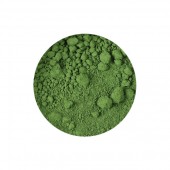
Chromium Oxide Pigment
Starting at: £4.50
-
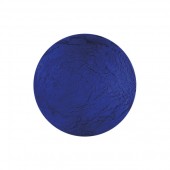
Blue Verditer Pigment
Starting at: £7.50
-
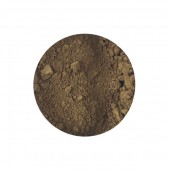
Burnt Umber Pigment
Starting at: £4.00
-
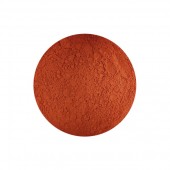
Vermilion Genuine Pigment
Starting at: £17.00
-
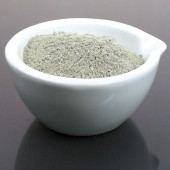
Fullers Earth
Starting at: £6.30
-
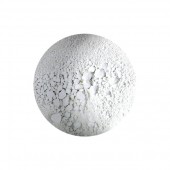
Titanium White Pigment
Starting at: £4.00
-
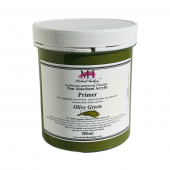
Michael Harding Non Absorbent Acrylic Primer - Colours
Starting at: £21.20
-

Cornelissen Historical Inks, Walnut
Starting at: £9.00
-
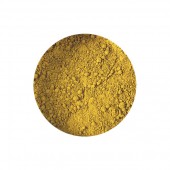
Raw Sienna Pigment
Starting at: £4.00
-

Cinnabar Pigment
Starting at: £16.00
-
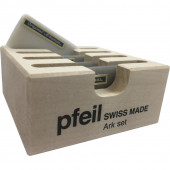
Pfeil Arkansas Stone Set of 4
£65.00 -
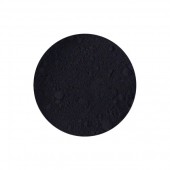
Spinel Black Pigment
Starting at: £8.00
-
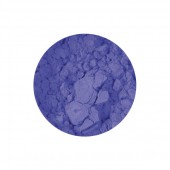
Smalt Light Pigment
Starting at: £5.20
-
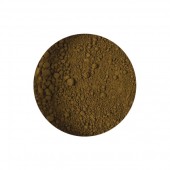
Raw Umber Pigment
Starting at: £4.00
-

Cornelissen Historical Inks, Iron Oak Gall
Starting at: £9.00
-
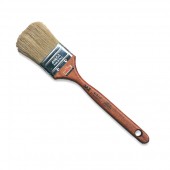
Omega Series 57 Hog Sash
Starting at: £15.50
-
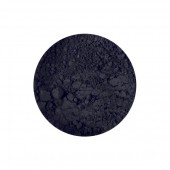
Ivory Black Pigment
Starting at: £4.50
-
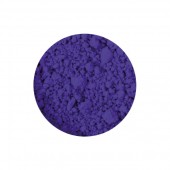
Ultramarine Blue Dark Pigment
Starting at: £4.00
-
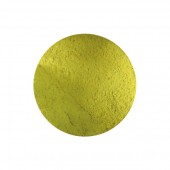
Lead Tin Yellow Light Pigment
Starting at: £4.80
-
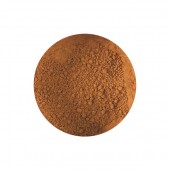
Burnt Sienna Pigment
Starting at: £4.00
-
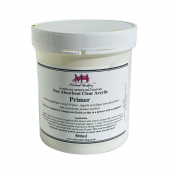
Michael Harding Non Absorbent Acrylic Primer - Clear Transparent
Starting at: £21.20
-
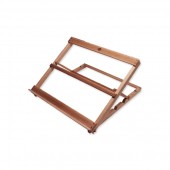
Daler Rowney Lincoln Table Easel
£54.90 -
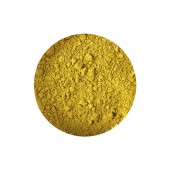
Yellow Ochre Pigment
Starting at: £4.00
-
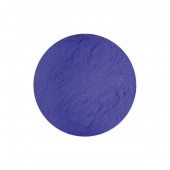
Smalt Dark Pigment
Starting at: £5.30
-
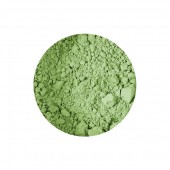
Terre Verte Pigment
Starting at: £4.00
-
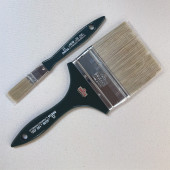
Omega Series 40 Varnish
Starting at: £6.90
-
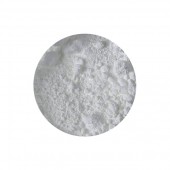
Zinc White Pigment
Starting at: £4.00
-

Viridian Green Pigment
Starting at: £6.30
-
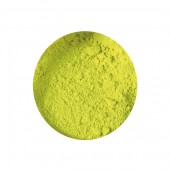
Cadmium Yellow Lemon Pigment
Starting at: £4.50
-

Parchment Clippings
Starting at: £9.90




